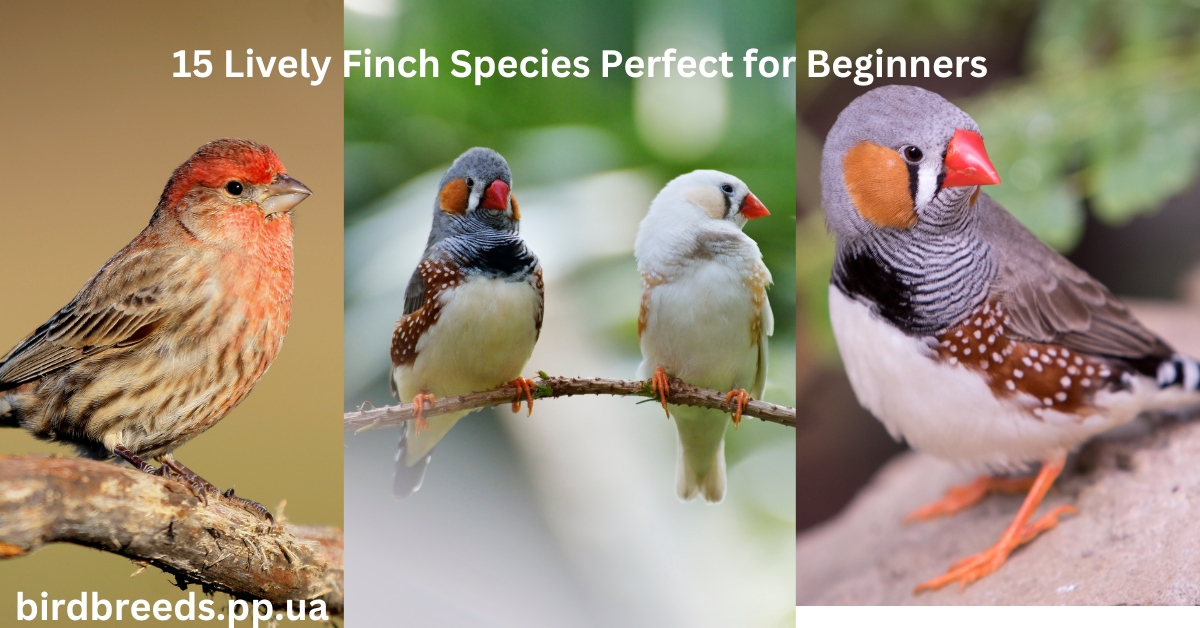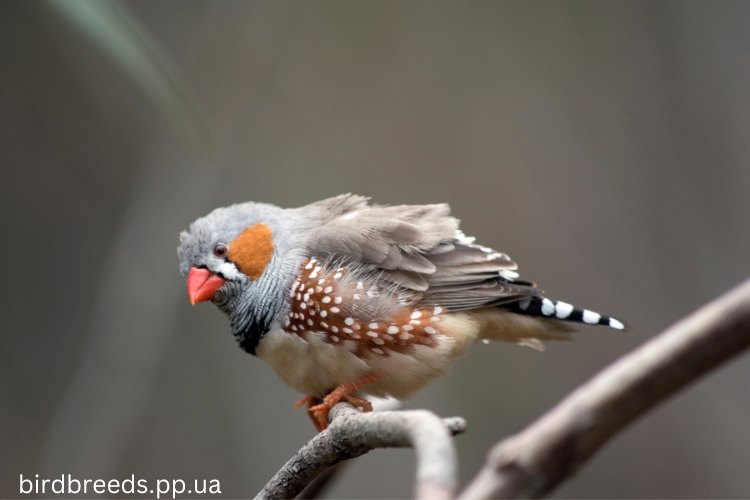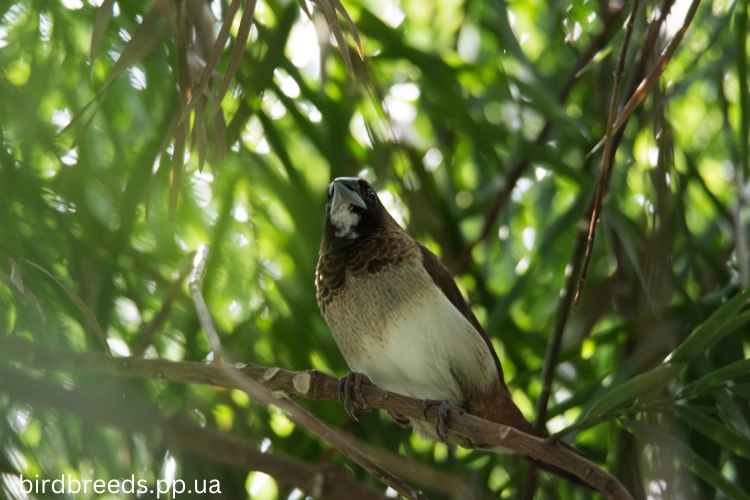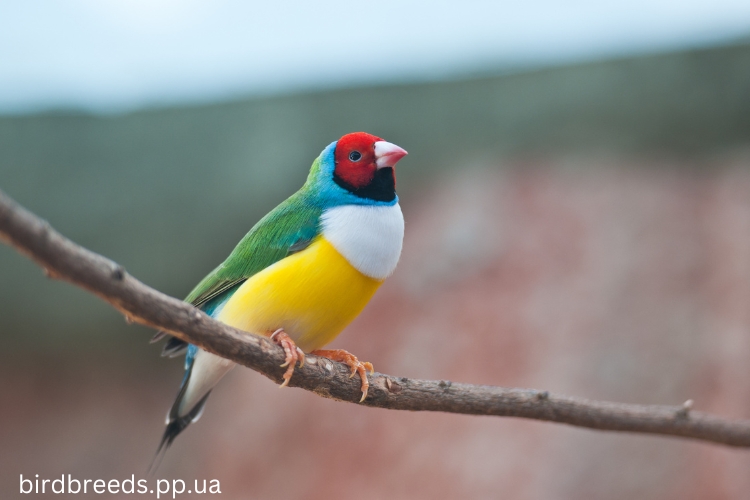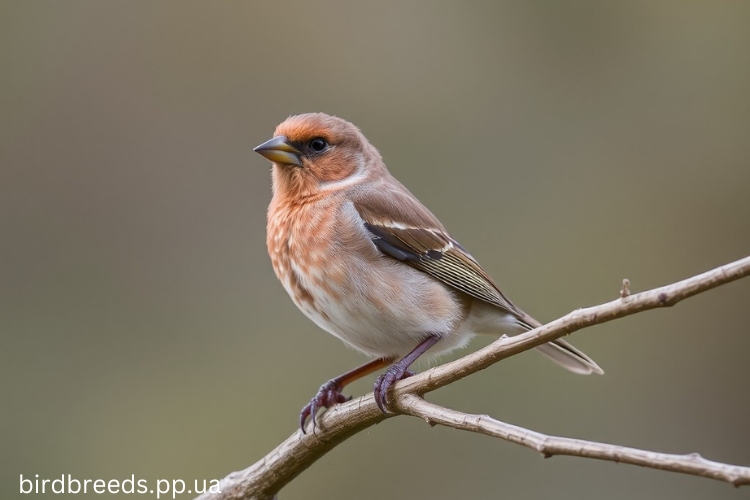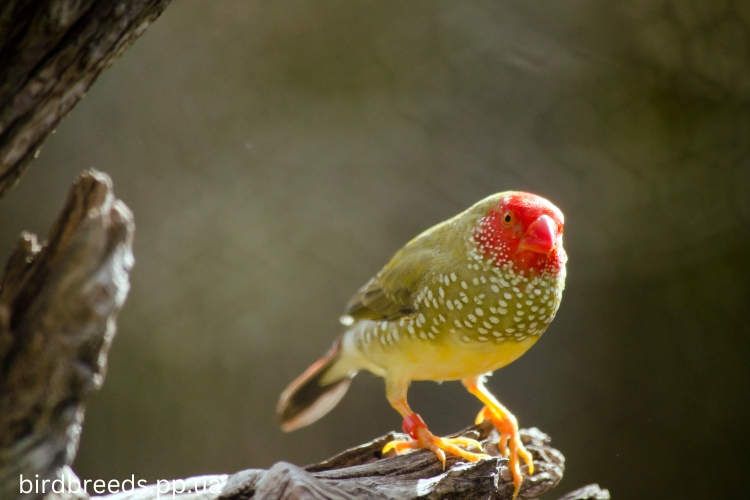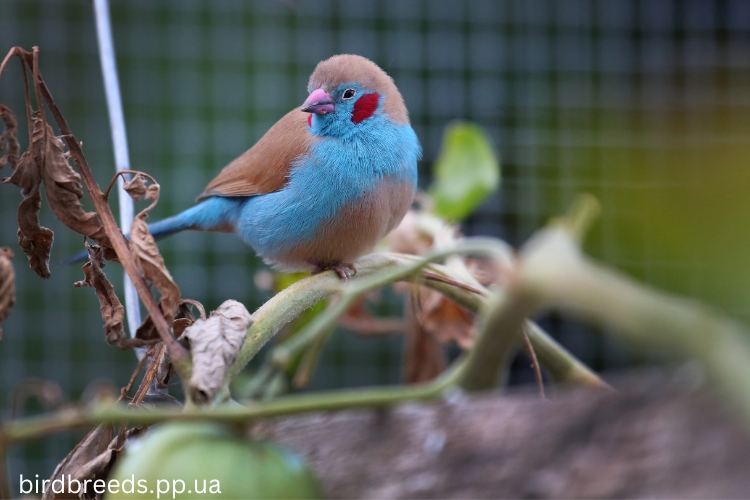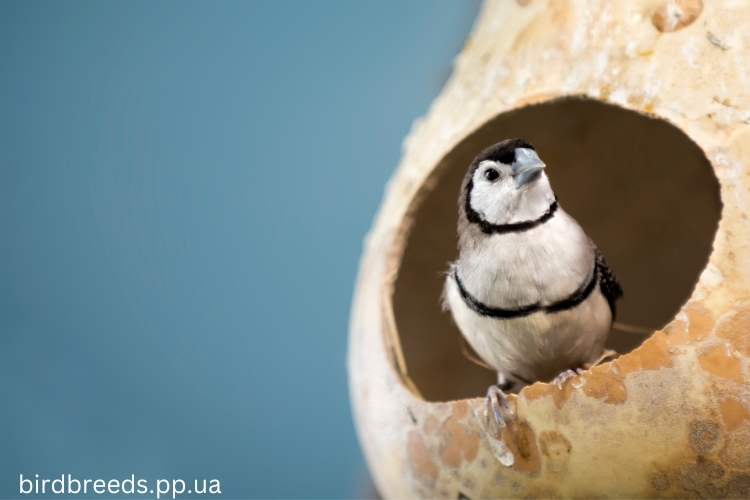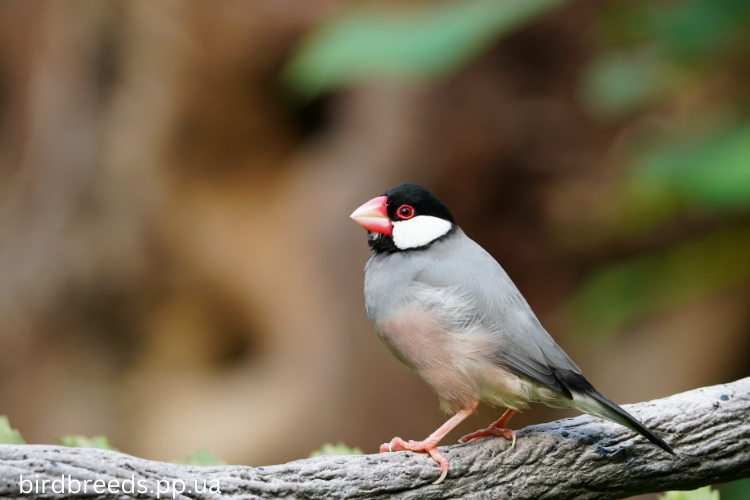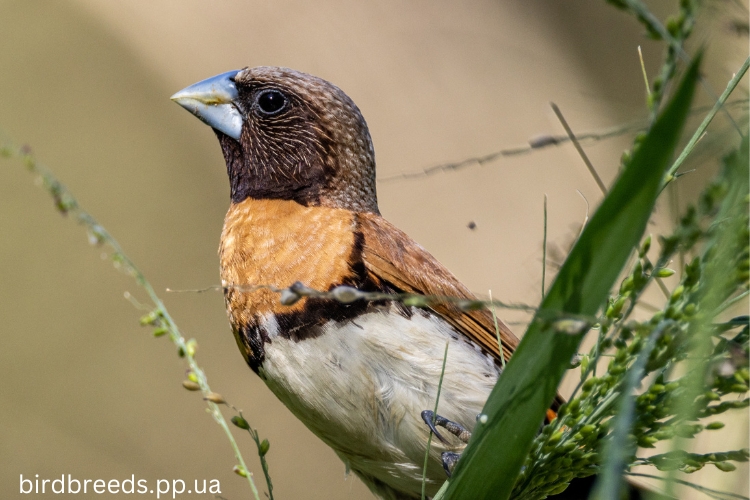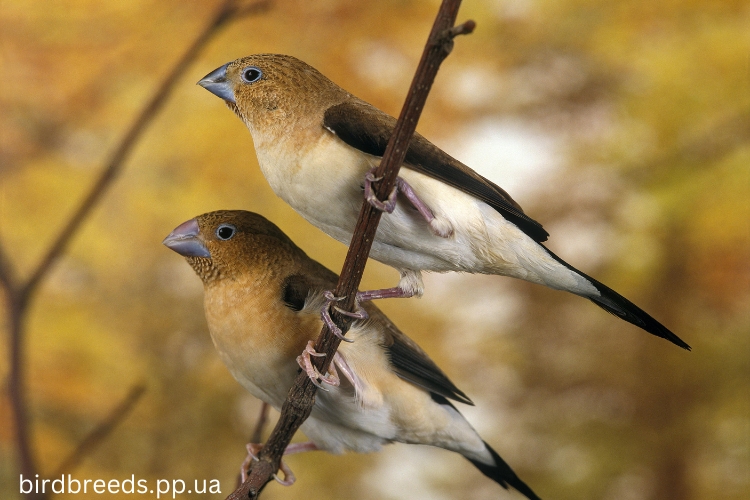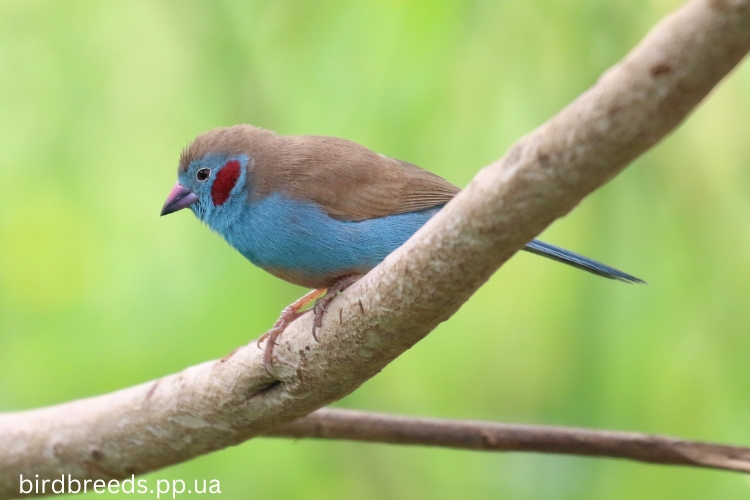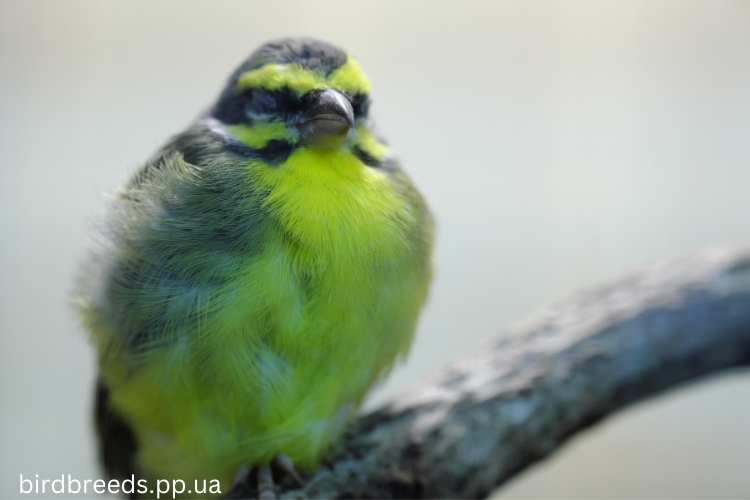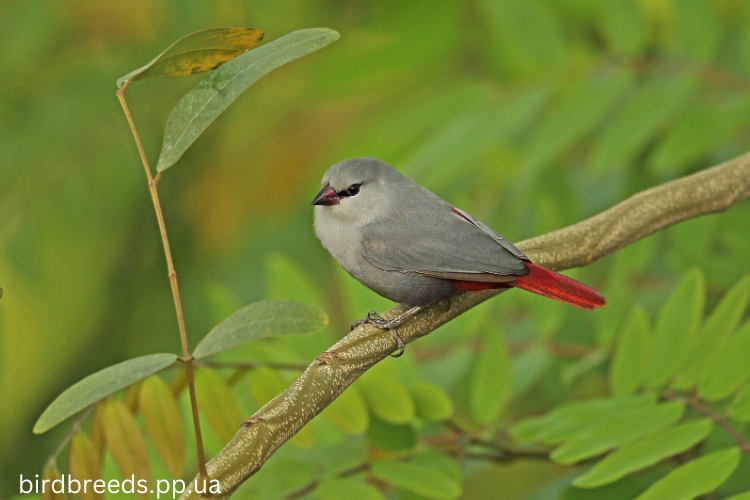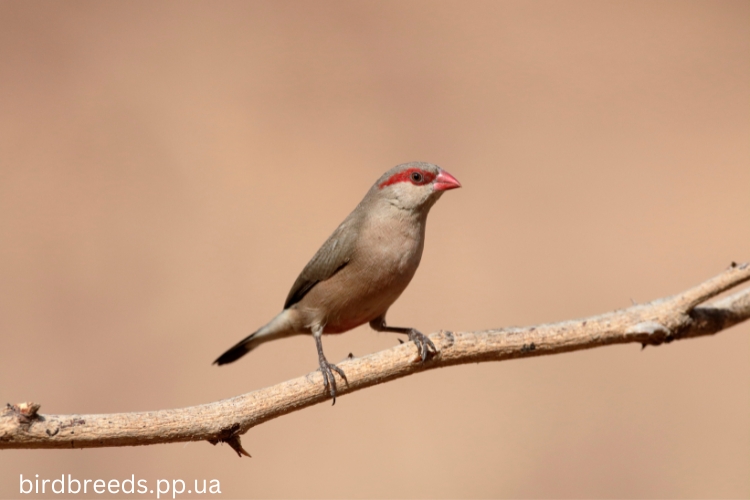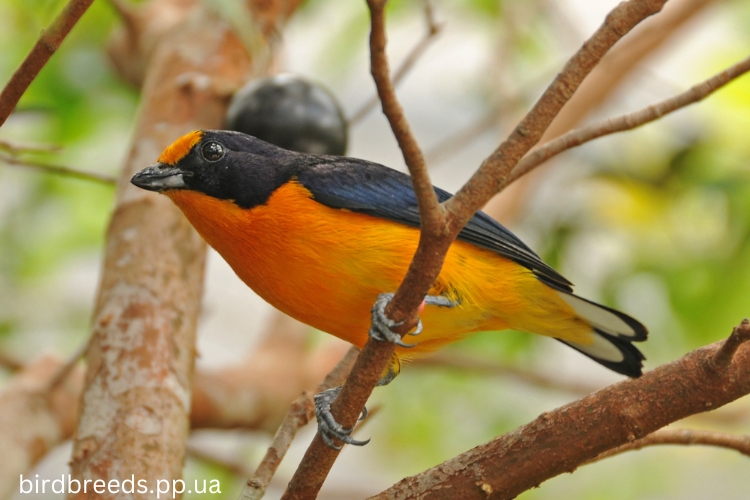If you’re new to birdkeeping, finches are a wonderful way to begin your journey. With their colorful plumage, delightful chirps, and easy maintenance, finches have become beloved pets for bird lovers around the globe.
In this blog post guide, we will take you through 15 finch species that are perfect for beginners, giving you insight into their unique features, personalities, and care requirements.
1. Zebra Finch
The Zebra Finch (“Taeniopygia guttata”) is often the first choice for novice bird owners, and for good reason. These adorable little birds are hardy, easy to care for, and very active. Their distinct markings—the iconic “zebra” stripes on the throat and chest—make them visually appealing, while their gentle chirping adds a tranquil charm to any room.
They thrive best in pairs and require minimal space, making them ideal for beginners looking for a low-maintenance pet.
Care Tip: Provide a cage with horizontal space as they enjoy hopping and flying side to side rather than up and down.
2. Society Finch
Society Finches (“Lonchura domestica”), also known as Bengalese finches, are sociable and friendly—hence the name. They do well in groups and have a laid-back demeanor, making them ideal for communal aviaries. These finches are typically brown and white, but selective breeding has produced various color patterns, including pied and fawn varieties.
Care Tip: Society Finches love community life, so keep them in groups to maintain their happiness and well-being.
3. Gouldian Finch
The Gouldian Finch (“Erythrura gouldiae”) is often considered the crown jewel of the finch world due to its stunning rainbow-like plumage. Their vibrant feathers—ranging from green, blue, and yellow to red and purple—make them an eye-catching addition to any home. Despite their beauty, Gouldian Finches are relatively easy to care for, although they prefer a more stable environment and do not handle stress well.
Care Tip: Ensure the cage is placed in a quiet spot, as Gouldian Finches can be sensitive to sudden changes in their environment.
4. Spice Finch
The Spice Finch (“Lonchura punctulata”), also known as the Scaly-breasted Munia, is another great beginner choice. These birds are characterized by their scaly, patterned chest feathers. They are hardy, low-maintenance, and content with basic care, which makes them an excellent choice for novice bird keepers.
Care Tip: Provide a varied diet that includes millet, seeds, and greens to keep your Spice Finch healthy and happy.
5. Star Finch
Star Finches (“Neochmia ruficauda”) are delightful little birds with charming red faces and speckled markings. Their calm temperament makes them easy to manage, and they thrive in aviaries with other small finch species. They have a gentle song, which adds a soothing ambiance without becoming overwhelming.
Care Tip: Include plenty of leafy branches in their cage to mimic their natural habitat and give them places to perch.
6. Cordon Bleu Finch
The Cordon Bleu Finch (“Uraeginthus angolensis”) is famous for its striking blue feathers, especially on the males, who are known for their melodic songs. These finches are peaceful and adaptable, making them a good choice for beginner bird keepers. They enjoy the company of other finches and can be housed in a community setting.
Care Tip: Offer mealworms or other small insects occasionally to supplement their diet, as this helps keep them healthy.
7. Owl Finch
The Owl Finch (“Taeniopygia bichenovii”), also known as the Bicheno Finch, has distinctive markings that resemble an owl’s face. They are incredibly charming birds, with a docile personality that makes them easy to care for. Owl Finches are known for their ability to adapt to a variety of environments, and they make for great additions to a mixed-species aviary.
Care Tip: Make sure to provide nesting materials like coconut fibers and soft hay, as Owl Finches enjoy building nests.
8. Java Sparrow
Java Sparrows (“Padda oryzivora”) are slightly larger finches that are known for their striking appearance and curious personalities. They have a gentle nature and can become accustomed to handling, making them a good choice for beginners looking for a slightly more interactive bird. Their plumage is typically gray with a pink beak and eye ring, making them visually unique.
Care Tip: Keep Java Sparrows in pairs, as they are social birds and do better with companionship.
9. Chestnut-Breasted Mannikin
The Chestnut-Breasted Mannikin (“Lonchura castaneothorax”) is a hardy bird with a distinctive chestnut-colored breast and a friendly personality. They do well in small aviaries and can be housed with other finches. These birds are very easygoing and require minimal attention, making them suitable for beginners.
Care Tip: Provide fresh water daily, as Chestnut-Breasted Mannikins love to bathe frequently.
10. African Silverbill
African Silverbills (“Euodice cantans”) are delightful, social finches that are easily recognizable by their silver-gray feathers and small, conical bills. These birds are gentle and enjoy living in groups, making them great for communal aviaries. They are relatively easy to care for and have a calm demeanor, ideal for beginners.
Care Tip: Keep the cage clean, as African Silverbills are susceptible to respiratory issues if their environment is dusty.
11. Red-Cheeked Cordon Bleu
The Red-Cheeked Cordon Bleu (“Uraeginthus bengalus”) is a small finch with a charming red patch on its cheek and lovely blue plumage. The males are especially noted for their singing abilities, which are used to attract females. These birds are peaceful and get along well with other finch species.
Care Tip: To keep your Red-Cheeked Cordon Bleu healthy, provide a spacious cage with plenty of perches and room to fly.
12. Green Singing Finch
The Green Singing Finch (“Serinus mozambicus”) is an energetic little bird known for its beautiful singing voice. Their bright green and yellow feathers make them an attractive choice for beginner bird enthusiasts. They are relatively easy to care for and thrive in pairs or groups.
Care Tip: These finches are known to be good singers, so consider placing their cage in a location where you can enjoy their melodic tunes.
13. Lavender Waxbill
Lavender Waxbills (“Glaucestrilda caerulescens”) are gentle and delicate birds with soft lavender plumage and a red tail. They have a shy but sweet nature, making them ideal for beginners who are looking for a peaceful bird to observe. They do best in pairs and enjoy a quiet, stable environment.
Care Tip: Avoid sudden movements around their cage, as Lavender Waxbills can be easily startled.
14. Black-Rumped Waxbill
The Black-Rumped Waxbill (“Estrilda troglodytes”) is a small, active bird with subtle beauty. Their plumage is a mix of gray, red, and black, and they are known for their playful behavior. These finches are quite hardy and easy to keep, making them ideal for beginner bird keepers who want a finch that is entertaining to watch.
Care Tip: Provide branches and toys to keep these curious birds entertained.
15. Crimson Finch
Crimson Finches (“Neochmia phaeton”) are known for their striking red feathers and lively personalities. These birds are slightly more energetic than other finch species, but they are still manageable for beginners. They enjoy interacting with their environment and need a variety of perches and toys to stay engaged.
Care Tip: Ensure there are plenty of enrichment activities in their cage, such as swings and ladders, to keep them active and happy.
General Finch Care Tips for Beginners
- Cage Size: Finches love to fly horizontally, so provide a cage that is wider rather than taller. A spacious environment is essential for their health.
- Companionship: Finches are social creatures and thrive when kept in pairs or small groups. Always consider keeping at least two finches together to ensure they stay happy.
- Diet: A balanced diet is key to a healthy finch. Offer a mix of seeds, millet, fresh greens, and occasional fruits. Some species also benefit from insect protein, like mealworms.
- Cleanliness: Keep their cage clean to prevent diseases. Regularly change the water and clean food dishes.
- Enrichment: Finches are intelligent and curious. Provide perches, swings, and branches to keep them mentally stimulated.
Why Finches Are Perfect for Beginners
Finches are delightful, relatively low-maintenance birds that bring a splash of color and a sweet melody into your home. Unlike parrots, they don’t demand a lot of attention, which makes them perfect for people with a busy lifestyle or for those who are just starting their birdkeeping journey. They have simple dietary needs, are generally hardy, and are very entertaining to watch as they interact with each other and their environment.
Finches are also incredibly diverse, offering a variety of colors, sizes, and personalities, which means you’re bound to find a species that fits your personal preference. Whether you’re captivated by the vibrant hues of the Gouldian Finch or the gentle demeanor of the Society Finch, there’s a perfect finch for every beginner.
Conclusion
Choosing the right bird can be overwhelming, but finches make that decision easier with their beauty, charm, and manageable care requirements. These 15 species are particularly well-suited for beginners, each offering unique traits that make birdkeeping a rewarding hobby. Whether you’re looking for a bird with bright colors, a lovely song, or simply a calm demeanor, there’s a finch on this list that’s perfect for you.
Finches are a gateway to the fascinating world of aviculture. With a little love and care, they’ll bring joy, color, and music into your home, making them perfect companions for any budding bird enthusiast.

